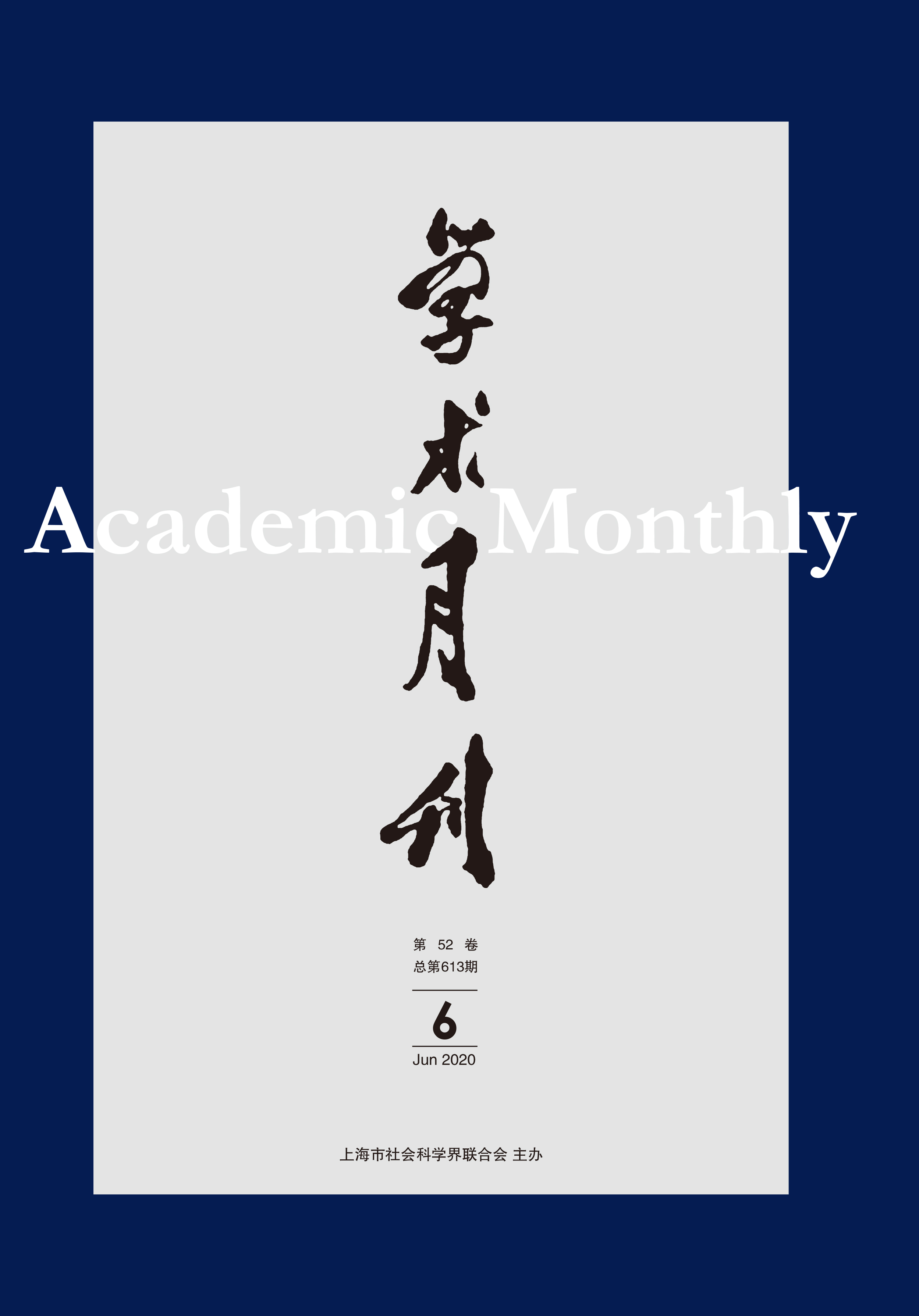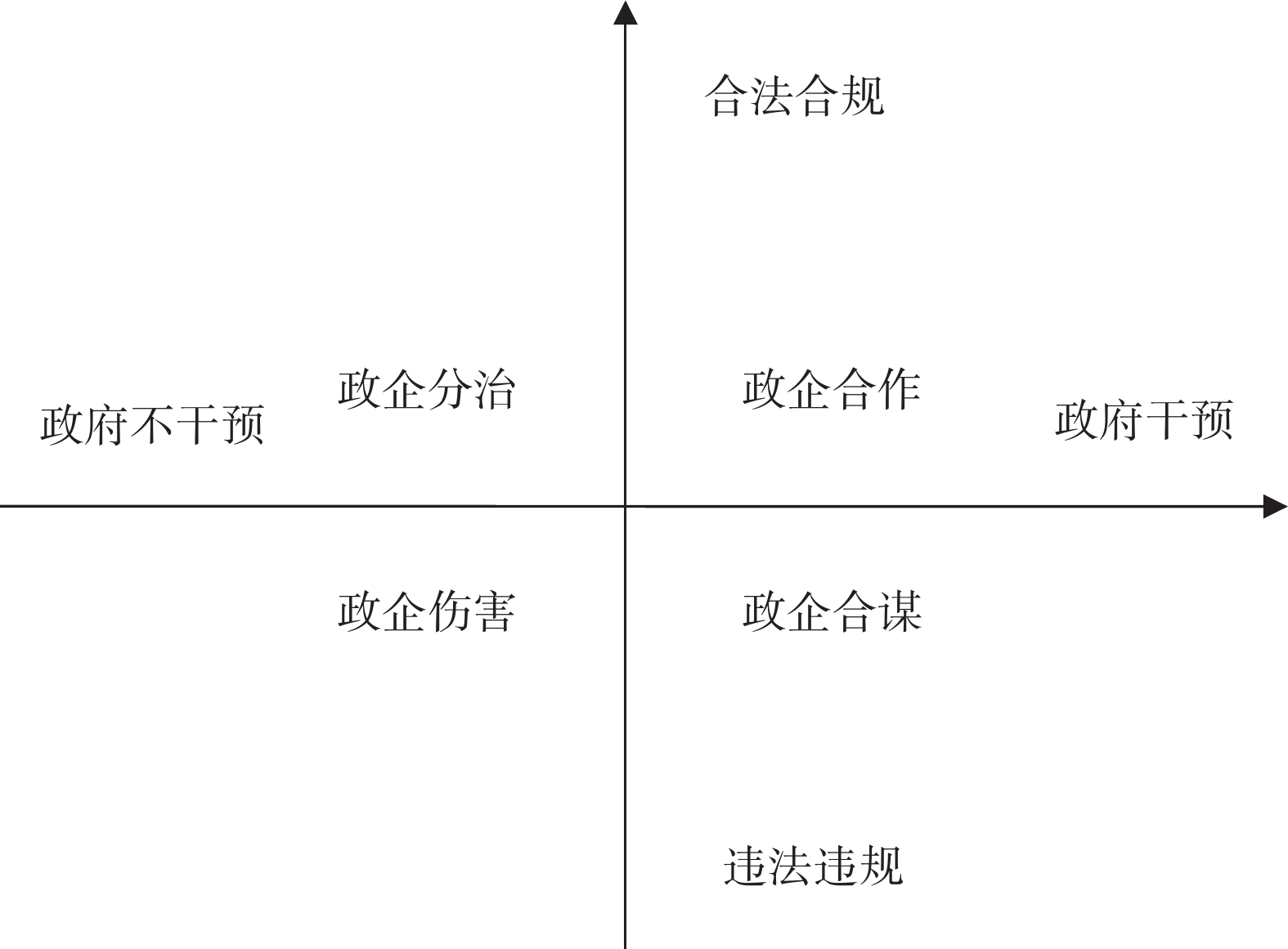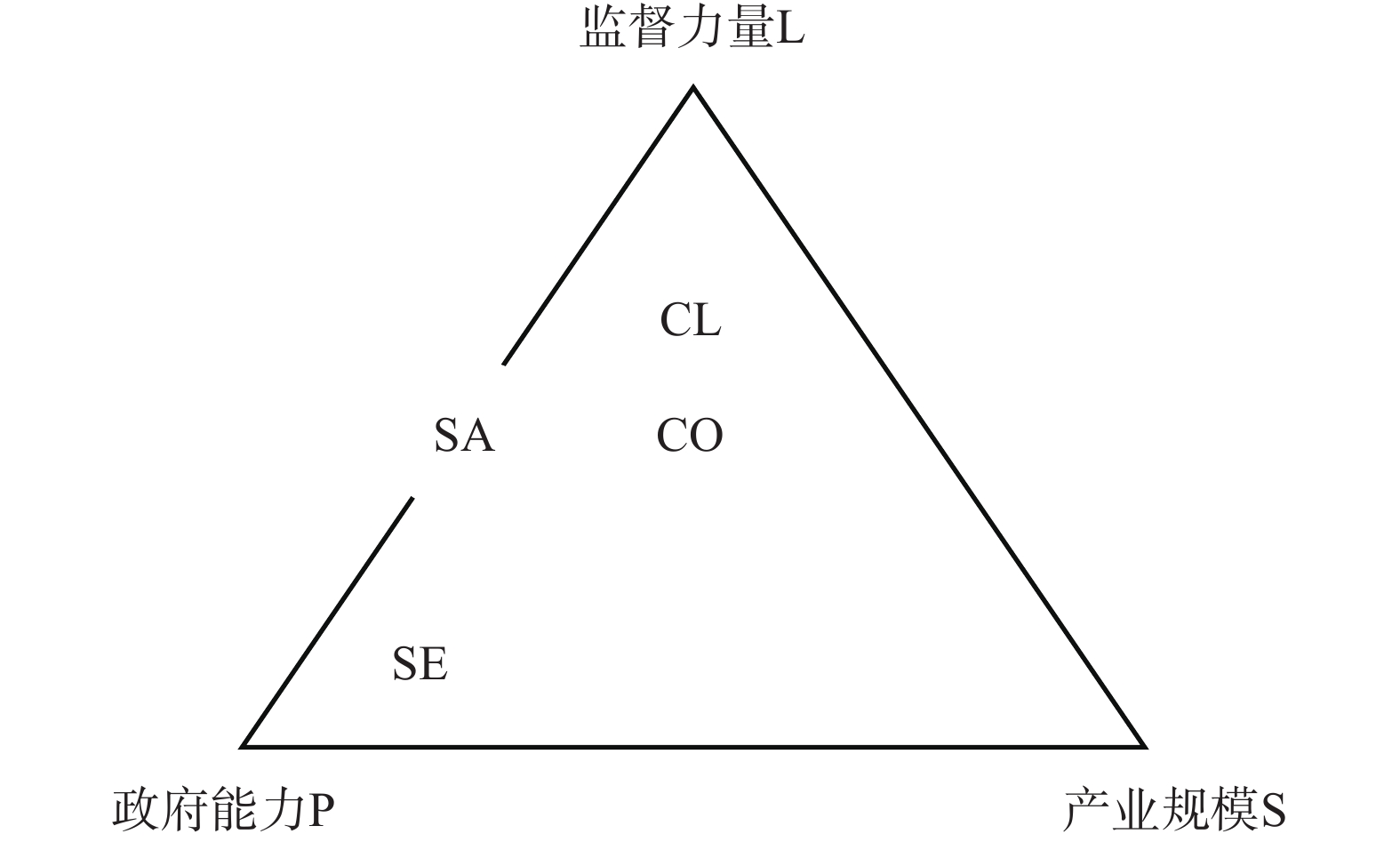From Collusion to Cooperation between Government and Business
Abstract: Government-business relation is not only the micro basis for understanding the long-term economic growth and economic transition in China, but also one of the most important relations in a transition economy. This paper proposes a preliminary dynamic framework of government-business relation. We divide government-business relation of various countries and regions into four types: government-business cooperation, government-business collusion, government-business separation and government-business sabotage, from two dimensions—whether or not the government intervenes in enterprises and the way of intervention. Then, we conclude three determinants: government capability, industry scale and supervision power, which respectively represent government, enterprises and third-party power. The game among them in different countries (or regions) and different stages determines the nature of government-business relation and the dynamic process. On this basis, this paper puts forward four verifiable basic propositions, supported by international and Chinese cases. Finally, we use the dynamic framework of government-business relation to explain the “Chinese puzzle” and related phenomena. The framework of this paper provides an identifiable and operable tool for us to understand and improve government-business relation in the real world.




 沪公网安备 31010102003103号
沪公网安备 31010102003103号 DownLoad:
DownLoad:
